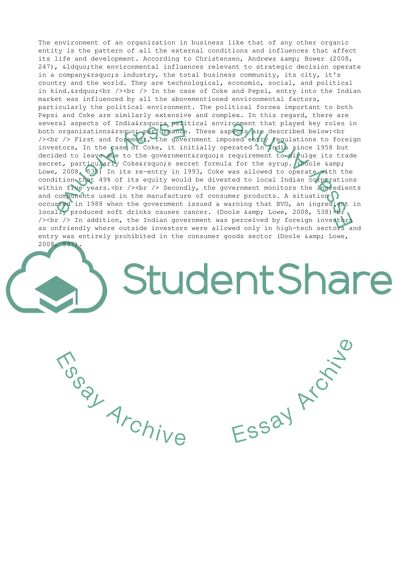Cite this document
(Coke and Pepsi Learn to Compete in India Case Study, n.d.)
Coke and Pepsi Learn to Compete in India Case Study. Retrieved from https://studentshare.org/business/1731965-coke-and-pepsi
Coke and Pepsi Learn to Compete in India Case Study. Retrieved from https://studentshare.org/business/1731965-coke-and-pepsi
(Coke and Pepsi Learn to Compete in India Case Study)
Coke and Pepsi Learn to Compete in India Case Study. https://studentshare.org/business/1731965-coke-and-pepsi.
Coke and Pepsi Learn to Compete in India Case Study. https://studentshare.org/business/1731965-coke-and-pepsi.
“Coke and Pepsi Learn to Compete in India Case Study”. https://studentshare.org/business/1731965-coke-and-pepsi.


